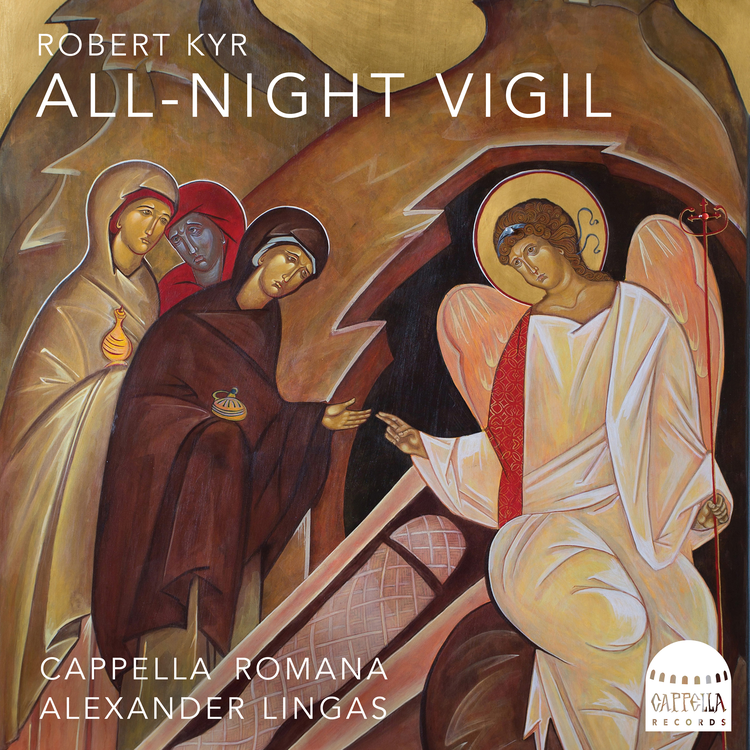
Artist Overview
# Classical
# Choral
# Easy Listening
Cappella Romana is a vocal ensemble founded in 1991 in Portland, Oregon.Its name, meaning "Roman Chapel", refers to the medieval Greek concept of the Roman oikoumene (inhabited world), which embraced Rome and Western Europe, as well as the Byzantine Empire of Constantinople ("New Rome") and its Slavic commonwealth centered at Moscow.It has become especially known for its exploration of Eastern Orthodox vocal music.It has collaborated with notable museum exhibitions at the Metropolitan Museum of Art in New York and the J. Paul Getty Museum in Los Angeles. In 2010 it became a participant in the research project 'Icons of Sound: Aesthetics and Acoustics of Hagia Sophia, Istanbul', a collaboration between Stanford University's Center for Computer Research in Music and Acoustics (CCRMA) and Department of Art & Art History.Cappella Romana completed a residency at Stanford again in 2013, which included further experiments with CCRMA, lecture demonstrations, and a live performance in Stanford's new Bing Hall, featuring a medieval Byzantine chant sung in the virtual acoustic of Hagia Sophia before a sold-out audience. The ensemble is directed by Alexander Lingas, a musicologist of Byzantine music at City University, London.Guest artists with similar interests regularly appear with the ensemble, including Ioannis Arvanitis, Stelios Kontakiotis, Ivan Moody, and Vladimir Morosan. It has pioneered the performance of Medieval Byzantine chant and contemporary works related to the Byzantine tradition. Passion Week, Maximilian Steinberg's 1923 choral work based on Russian Orthodox liturgical texts for Holy Week in Old Church Slavonic, was given its world premiere in 2014 by Cappella Romana in Portland, Oregon.In preparation for the premiere, Cappella Romana's music director, Alexander Lingas, had traveled to St. Petersburg in order to examine Steinberg's manuscripts.His research resulted in a new edition of the previously lost work, published by Musica Russica.This edition was also used for the first ever recording of the work by Cappella Romana and in performances of the work by other choirs throughout the world.